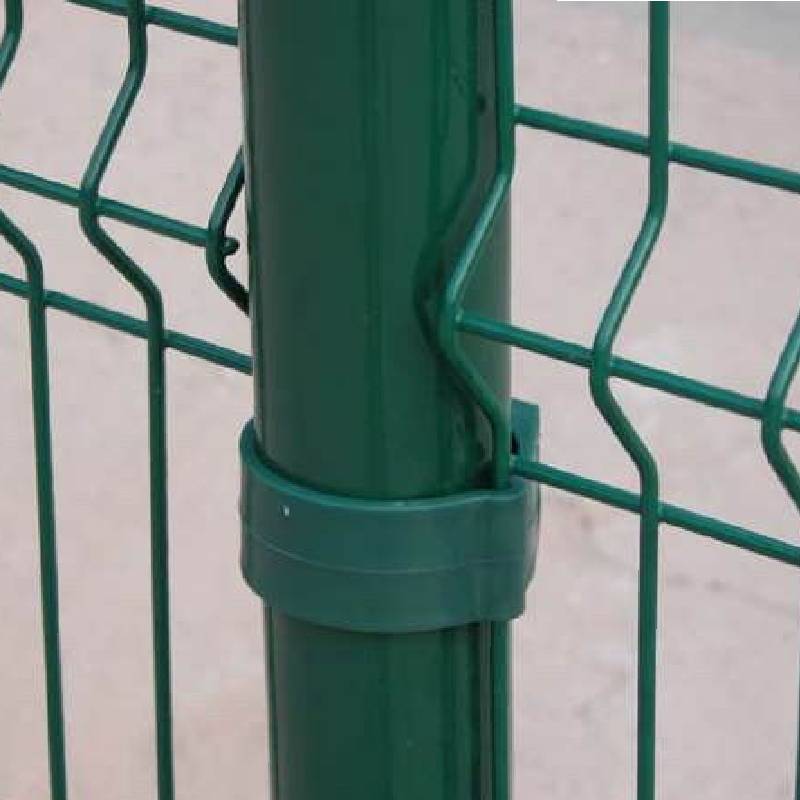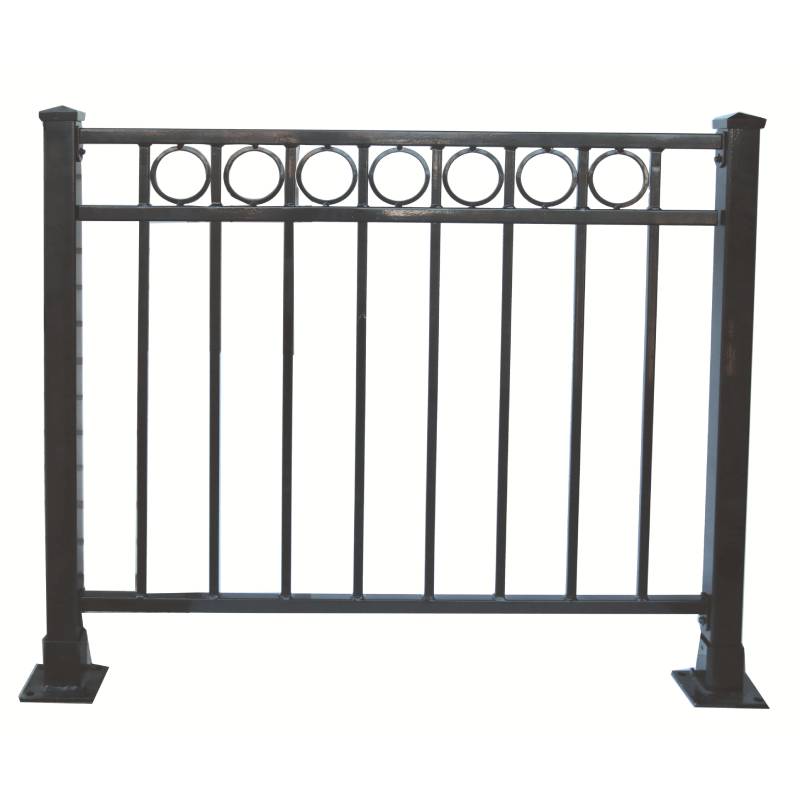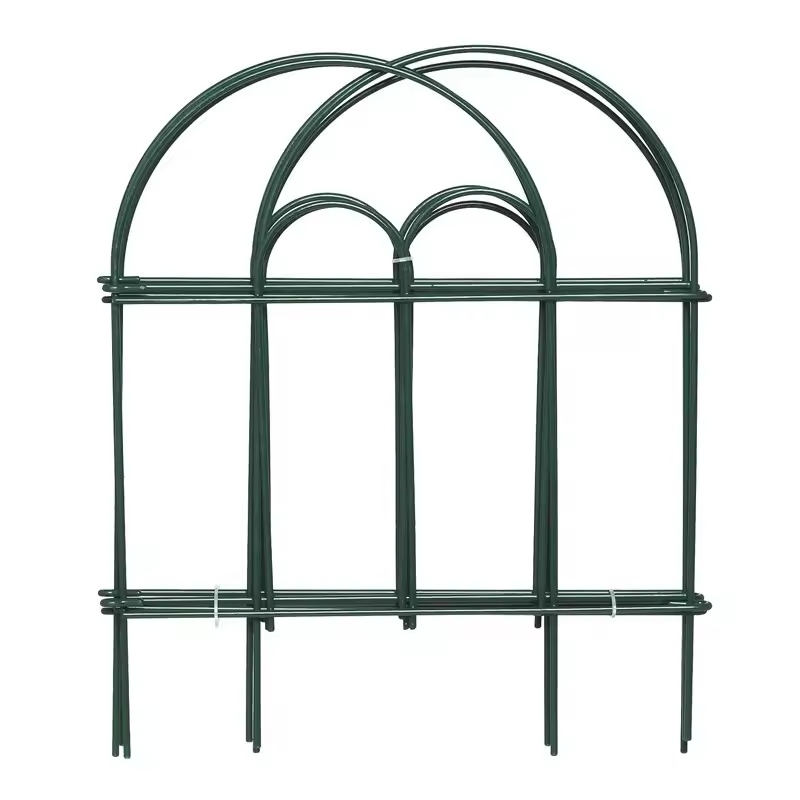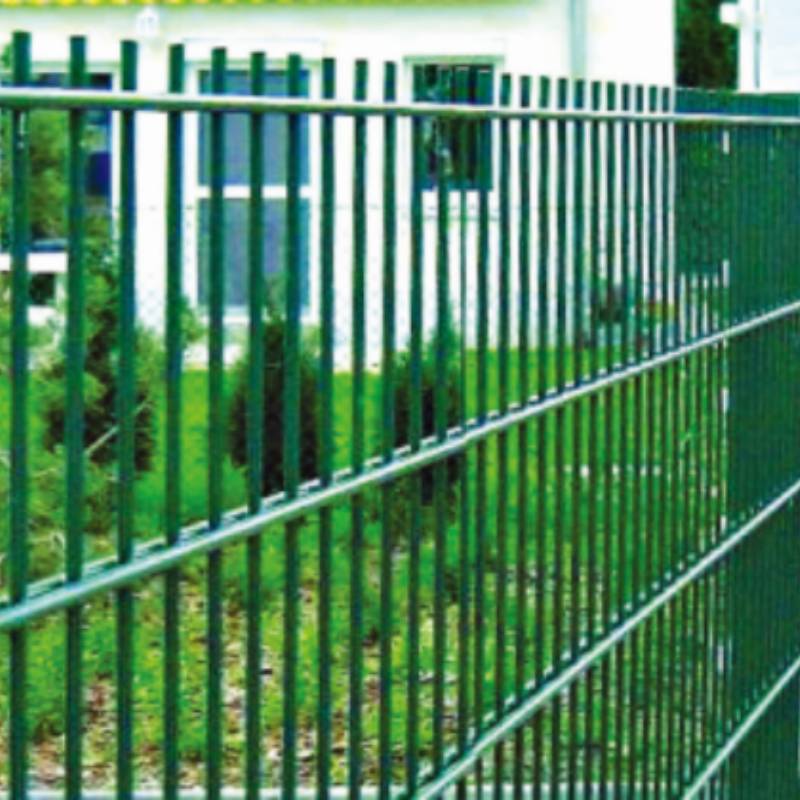-
Barua pepe:zhao@hyliec.cn
-
Simu:+86 311 85273988
-
Whatsapp:8613931128750
-
 Mwafrika
Mwafrika -
 Kialbeni
Kialbeni -
 Kiamhari
Kiamhari -
 Kiarabu
Kiarabu -
 Kiarmenia
Kiarmenia -
 Kiazabajani
Kiazabajani -
 Kibasque
Kibasque -
 Kibelarusi
Kibelarusi -
 Kibengali
Kibengali -
 Kibosnia
Kibosnia -
 Kibulgaria
Kibulgaria -
 Kikatalani
Kikatalani -
 Cebuano
Cebuano -
 Kikosikani
Kikosikani -
 Kikroeshia
Kikroeshia -
 Kicheki
Kicheki -
 Kideni
Kideni -
 Kiholanzi
Kiholanzi -
 Kiingereza
Kiingereza -
 Kiesperanto
Kiesperanto -
 Kiestonia
Kiestonia -
 Kifini
Kifini -
 Kifaransa
Kifaransa -
 Kifrisia
Kifrisia -
 Kigalisia
Kigalisia -
 Kijojiajia
Kijojiajia -
 Kijerumani
Kijerumani -
 Kigiriki
Kigiriki -
 Kigujarati
Kigujarati -
 Krioli ya Haiti
Krioli ya Haiti -
 hausa
hausa -
 Kihawai
Kihawai -
 Kiebrania
Kiebrania -
 Hapana
Hapana -
 Miao
Miao -
 Kihungari
Kihungari -
 Kiaislandi
Kiaislandi -
 igbo
igbo -
 Kiindonesia
Kiindonesia -
 irish
irish -
 Kiitaliano
Kiitaliano -
 Kijapani
Kijapani -
 Kijava
Kijava -
 Kikanada
Kikanada -
 kazakh
kazakh -
 Khmer
Khmer -
 Mnyarwanda
Mnyarwanda -
 Kikorea
Kikorea -
 Kikurdi
Kikurdi -
 Kirigizi
Kirigizi -
 TB
TB -
 Kilatini
Kilatini -
 Kilatvia
Kilatvia -
 Kilithuania
Kilithuania -
 Kilasembagi
Kilasembagi -
 Kimasedonia
Kimasedonia -
 Malgashi
Malgashi -
 Kimalei
Kimalei -
 Kimalayalam
Kimalayalam -
 Kimalta
Kimalta -
 Kimaori
Kimaori -
 Marathi
Marathi -
 Kimongolia
Kimongolia -
 Myanmar
Myanmar -
 Kinepali
Kinepali -
 Kinorwe
Kinorwe -
 Kinorwe
Kinorwe -
 Oksitani
Oksitani -
 Kipashto
Kipashto -
 Kiajemi
Kiajemi -
 Kipolandi
Kipolandi -
 Kireno
Kireno -
 Kipunjabi
Kipunjabi -
 Kiromania
Kiromania -
 Kirusi
Kirusi -
 Kisamoa
Kisamoa -
 Kigaeli cha Kiskoti
Kigaeli cha Kiskoti -
 Kiserbia
Kiserbia -
 Kiingereza
Kiingereza -
 Kishona
Kishona -
 Kisindhi
Kisindhi -
 Kisinhala
Kisinhala -
 Kislovakia
Kislovakia -
 Kislovenia
Kislovenia -
 Msomali
Msomali -
 Kihispania
Kihispania -
 Kisunda
Kisunda -
 kiswahili
kiswahili -
 Kiswidi
Kiswidi -
 Kitagalogi
Kitagalogi -
 Tajiki
Tajiki -
 Kitamil
Kitamil -
 Kitatari
Kitatari -
 Kitelugu
Kitelugu -
 Thai
Thai -
 Kituruki
Kituruki -
 Waturukimeni
Waturukimeni -
 Kiukreni
Kiukreni -
 Kiurdu
Kiurdu -
 Uighur
Uighur -
 Kiuzbeki
Kiuzbeki -
 Kivietinamu
Kivietinamu -
 Kiwelisi
Kiwelisi -
 Msaada
Msaada -
 Kiyidi
Kiyidi -
 Kiyoruba
Kiyoruba -
 Kizulu
Kizulu
Uzio wa Jopo
Wholesale Metal Fence Panels ?
Wholesale metal fence panels are a popular choice for those looking for durable and secure fencing solutions. These panels are often made steel materials providing a
strong and long-lasting option for garden fencing. They are available in various designs and sizes, making them suitable for a wide range of applications. Wholesale options offer cost-effective solutions for purchasing metal fence panels in bulk, making them ideal for contractors, landscapers, and property developers looking to install fencing on a larger scale.
Is It Cheaper To Buy Fence Panels Or Build Them?
The cost of buying fence panels versus building them can vary depending on several factors. In general, buying pre-made fence panels can be cheaper and more time-efficient than building them from scratch. Pre-made panels are mass-produced, which often makes them more cost-effective due to economies of scale. Additionally, purchasing fence panels can save on labor costs, as they are typically easier and quicker to install compared to building a fence from individual components. However, building a fence from raw materials allows for more customization and control over the design, which may be a priority for some individuals. It's important to consider the specific requirements, budget, and time constraints when deciding whether to buy or build fence panels.
How To Install A Panel Fence?
To install a panel fence involves several steps:
1. Measure and plan: Determine the length of the fence and calculate the number of panels needed. Plan the layout and ensure the fence posts are installed at the appropriate intervals to accommodate the panels.
2. Install the posts: Dig holes for the fence posts, ensuring they are deep enough to provide stability. Set the posts in concrete and allow them to cure before attaching the panels.
3. Attach the panels: Once the posts are set, attach the panels to the posts using appropriate fasteners such as screws or nails. Ensure the panels are level and properly aligned.
4. Add finishing touches: Depending on the type of panels used, additional finishing touches such as capping, trim, or paint may be required to enhance the appearance and durability of the fence.
5. Maintenance: Regular maintenance, such as cleaning and sealing, may be necessary to ensure the longevity of the fence panels.
It's important to follow the manufacturer's instructions and local building codes when paneling a fence to ensure proper installation and compliance with regulations. If in doubt, it's advisable to consult with a professional or seek guidance from experienced individuals.








